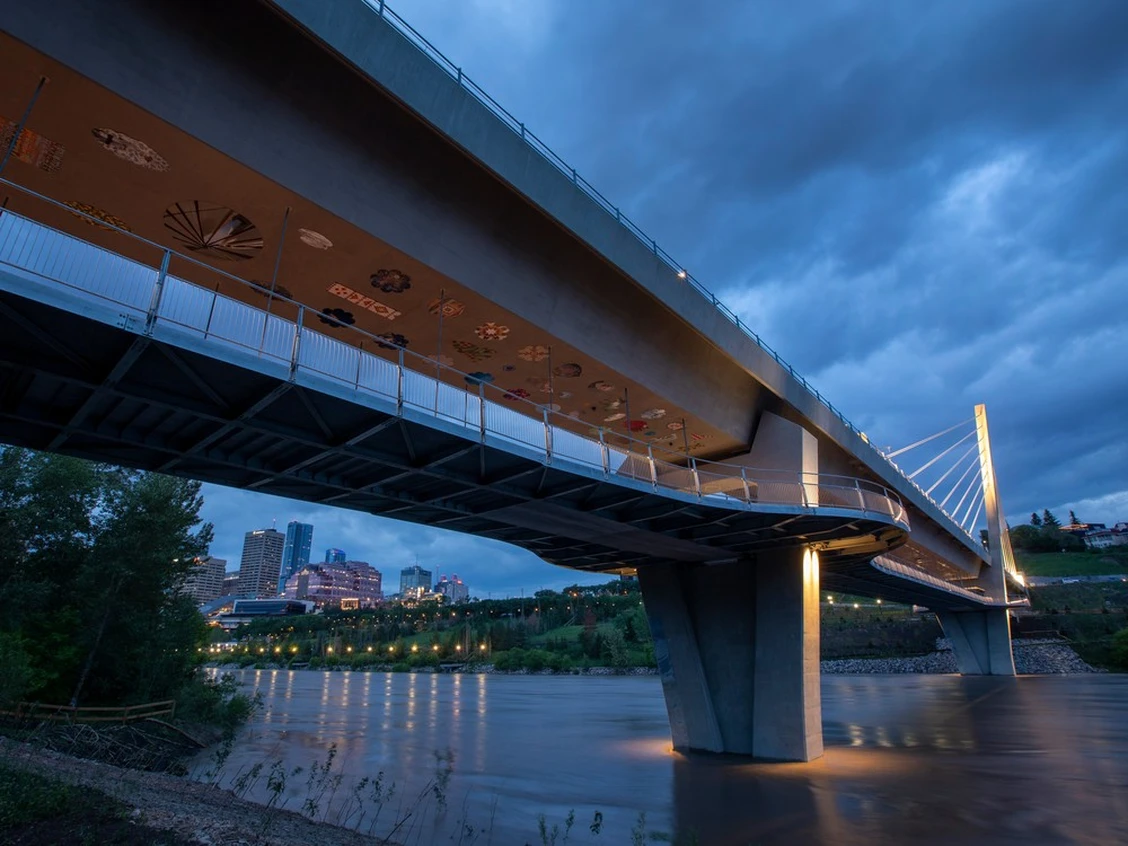We don’t have a lens through which we can evaluate decisions about cultural or social vitality. We don’t link research and development, reconciliation or sustainability targets through a cohesive policy that improves our quality of life.
We aspire to better outcomes in documents like the Official Plan, but they aren’t implemented cohesively, nor linked to broader objectives. For example, the economic impact of architecture is 14 per cent of Ontario’s GDP, according to a report by the Ontario Association of Architects. How could investing in better places boost our economy? We don’t bother to find out.
The reason we don’t make better places is rooted in how we commission projects. Carol Belanger, Edmonton’s City Architect, recently told me, “Procurement isn’t sexy, but it’s essential. Who you hire sets the agenda for the city you want.” Our poor procurement process affects how we live.
Hiring an architect or engineer is usually done through an RFP. The city issues an RFP, then bidders demonstrate their skill and experience and submit a price for doing the work. Bidders whose experience matches the RFP get higher points: it’s nearly impossible for a new business to get a contract.
Once RFPs are given a technical score, the lowest price gets the most points. Since fees are related to the amount of service a job needs, the lower the fee, the less service it gets.
City RFPs also include an outdated standard contract accompanied by pages of conditions that undermine its integrity and present real challenges to the public interest by invalidating insurance provisions designed to ensure fairness.
The city imposes further unfair conditions. It expects a successful bidder to reduce fees if the city pays on time, which it is legally required to do anyway. If the contract is over a certain amount, the city expects a further reduction, equating bulk purchase of services to a volume discount on toilet paper.
Creating a better procurement model means creating fair, equitable and reasonable conditions for talent to deliver its best.
Design fees can be a fraction of a per cent of the lifecycle value of a building. Saving a few dollars on the design can have a dramatic impact on the building’s value to a community. This is a lesson Edmonton learned well. Since a famous 2005 declaration by then mayor Stephen Mandel, “We’re done with crap,” Edmonton has transformed its procurement process, investing in people, in communities and creating stunning, resilient and sustainable places.
By changing how we hire professionals and championing design we can achieve our best, Ottawa.
Originally posted in the Ottawa Citizen.
